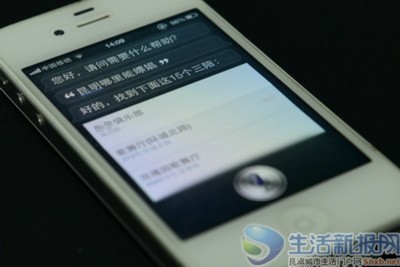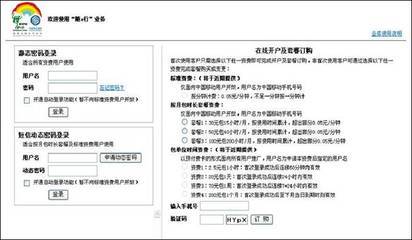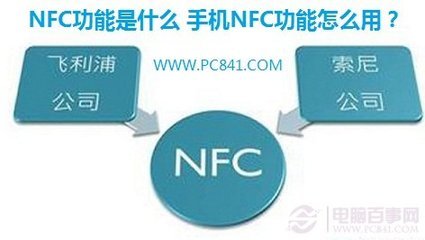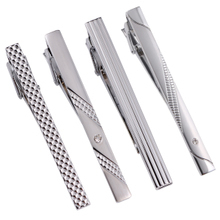一、规则名词的复数形式的变化规则如下:
1.最常见的名词复数(Plural)就是在单数(Singular)名词后边加上一个s。
boy — boys,cat — cats,room —rooms,horse — horses,tree — trees,rose —roses
2. 如果名词是以sh,ch,s或x结尾的话,那就要在单数的后面加上es。
例如:classes, boxes, brushes,dishes, watches, buzzes(嗡嗡声)等等。
但也有例外,如:stomach—stomachs(胃、肚子)等等。
3. 以辅音字母加“y”结尾的词应改“y”为“i”,再加“es”,
例如:cities,universities(大学),factories等等。
4.以元音字母加“y”结尾的词应直接加“s”,例如:boys, toys等等。
5.以“f”和“fe”结尾的名词应改“f”和“fe”为“ves”。
例如:shelf—shelves,knife—knives。但也有例外,如:roof—roofs, cliff—cliffs(悬崖),
hoof—hoofs(马蹄),belief—beliefs(信仰), chief—chiefs(首领), proof—proofs(证明),
safe—safes(保险箱),reef—reefs(礁)等等。
此外还有一些该类名词的复数形式有两种变化形式的,如:scarf—scarfs/scarves(头巾),
dwarf—dwarfs/dwarves(矮子),wharf—wharfs/wharves(码头),
handkerchief—handkerchiefs/handkerchieves(手帕)等等。
6.以“o”结尾的名词的复数形式一般在词尾加“es”。
例如:hero—heroes,echo—echoes(回音),等等。但也有例外,如:zoo—zoos,radio—radios,
piano—pianos, photo—photos,memo—memos(备忘录), solo—solos(独唱、独奏),
kilo—kilos(公斤)等。
7.有些名词的复数形式有两种,但意思不一样,一种跟原来相同,一种跟原来不同,例如:
colour—colours(颜色/旗帜),arm—arms(手臂/武器),custom—customs(习惯/海关),goods货物,
waters水域,fishes(各种)鱼
二、不规则变化主要有下面几种:
1.变元音,例如:man—men, woman—women, foot—feet,tooth—teeth, mouse—mice(老鼠),
louse—lice(跳蚤)
2.加(r)en,例如:ox—oxen, child—children
3.单、复数同形,例如:sheep, fish, deer, carp(鲤鱼), Chinese,Japanese, aircraft(飞机),
means(方法),works(工厂),salmon(鲑鱼), li,jin,yuan,two li,three mu,four jin,
但除人民币元、角、分外,美元、英镑、法郎等都有复数形式。如:
a dollar/pound/franc, twodollars/pounds/francs; a meter, two meters
4.外来词,例如:crisis--crises(危机),basis--bases(基础),analysis—analyses(分析),
phenomenon—phenomena(现象)
5. 集体名词,以单数形式出现,但实为复数。 如:
people, police, cattle等本身就是复数,不能说 a people,a police,a cattle,但可以说 a person,
a policeman,a head ofcattle
the English,the British,theFrench,the Chinese,the Japanese,the Swiss 等名词,表示国民
总称时,作复数用。 如:The Chinese areindustries and brave. 中国人民是勤劳勇敢的。
6. 以s结尾,仍为单数的名词,如:
a.maths,politics,physics等学科名词,为不可数名词,是单数。
b. news是不可数名词。
c. the UnitedStates,the United Nations 应视为单数。
The United Nations was organized in 1945. 联合国是1945年组建起来的。
d.以复数形式出现的书名,剧名,报纸,杂志名,也可视为单数。
"The Arabian Nights" is a very interestingstory-book.
<<一千零一夜>>是一本非常有趣的故事书。
7. 表示由两部分构成的东西,如:glasses (眼镜) trousers, clothes若表达具体数目,要借助数量词
pair(对,双); suit(套); a pair ofglasses; two pairs of trousers.
三、特殊的复数形式
1.一些不可数名词,如waters、teas等的复数形式可表种类,译:各种各样的…,例如:
I have many teas athome.我家有许多种茶。
2.具体化的名词,如cloth、paper等的复数形式,可用来表示某种特殊用途的东西。例如:
Please pass me a (table)cloth(桌布、台布) so that I can clean the table.
I can see manysweet papers(糖果纸) on the ground after the party.
3.一些抽象名词,如thanks; wishes; congratulations;reg[]ards;greetings和cheers等用
在英语句子里面时必须固定地使用复数形式,例如:
Best wishes toyou!
Please give mybest regards/greetings to your parents.
4.一些数字,如1920’s或1920s的,表示20世纪20年代,例如:
In the 1920s,he went to a European country.
He was born inthe 1960’s.
5.整十的数字的复数形式,如thirties, eighties可表示“几十岁”,例如:
He joined theParty in his thirties. 他三十几岁时入党。
6.英文字母,如b’s、f’s、s’(后面的“s”可以被省略),的复数形式,例如:
In the word“differ”, there are two f’s.
We must paymuch attention to the s’ at the end of the words.
7.有时一些原来不具备复数形式的词,如dos和don’ts等,必要时也可以复数形式,这类词
也有人把它看作是被名词化,例如:
In the lab,there are many dos and many don’ts that we must follow.
8.人名,如Mary、John等可以表示“几个……的人”,例如:
There are twoJohns in our class, but in the whole school, there are six.
9.姓氏,如Black, Green等可以表示一家人或者夫妻,例如:
After dinner,the Blacks are usually watching TV at home.
四、复合名词的复数形式,一般可以分为以下几种:
1.在词尾加-s或-es,例如:film-goers(常看电影的人)、tooth-brushes(牙刷)、
greenhouses(温室、暖房)、go-betweens(中间人)、grown-ups(成年人)
2.在主体名词末加-s,例如:lookers-on(旁观者)、passers-by(过路人)、sons-in-law(女婿)、
daughters-in-law(媳妇)、gentlemen-at-arms(侍卫官)、ladies-in-waiting(侍女、宫女)
3.两个成分都加-s,例如:men-doctors(男医生)、women workers(女工人)。
但英、美国家的人不用lady来搭配复数,因为它带有轻视的语气。而含boy或girl的复合名词中,
boy和girl都不用复数,例如:boy-students(男学生)、girl nurses(女护士)、boyfriends
(男朋友)、girl monitors女班长
 爱华网
爱华网



